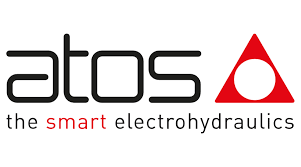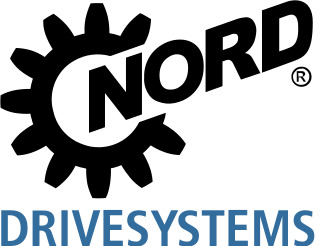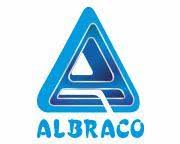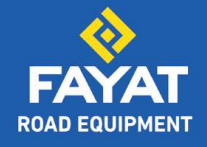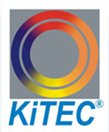What’s New in Earthmoving 2024
By Staff Report | September 11, 2024 1:55 pm SHARE

This article delves into the latest trends and innovations in earthmoving equipment, highlighting insights from industry leaders and examining their impact on the market.
India’s earthmoving equipment sector is a cornerstone of its construction equipment industry, reflecting its pivotal role in infrastructure development and urban expansion. In FY 2024, earthmoving equipment sales reached 93,531 units, marking a 21 percent increase from the 77,164 units sold in FY 2023. This segment alone constituted approximately 70 percent of total construction equipment sales, highlighting its dominance in the market. The substantial growth is driven by increased demand in key sectors such as mining, where coal production saw a notable 14 percent rise from 782 million tonnes in 2021-22 to 892 million tonnes in 2022-23. Backhoe loaders and crawler excavators are leading contributors, accounting for 90 percent of earthmoving equipment sales, underscoring their essential role in heavy-duty applications and large-scale projects.
The Indian construction equipment market, valued at around US$8.5 billion annually, is experiencing significant expansion, with the earthmoving segment playing a crucial role. The sector’s rebound from the pandemic-induced slowdown is evident, with FY 2024 sales figures surpassing previous years and demonstrating resilience in the face of economic challenges. Government initiatives and increased infrastructure investments have fueled this growth, further emphasised by the sector’s strong performance amidst broader market dynamics. As India aims to become the world’s second-largest construction equipment market by 2030, the earthmoving segment will continue to drive this transformation, supported by technological advancements and a surge in domestic and international demand.
Technological advancements in earthmoving equipment
Integrating digital technologies in earthmoving equipment has revolutionised how machinery operates and interacts with its environment. Nischal Mehrotra, senior vice president (Sales and Marketing) at LiuGong India Pvt Ltd, emphasises the company’s commitment to environmental sustainability through digital advancements. LiuGong’s equipment incorporates sensors, GPS, and telematics to monitor real-time performance, fuel consumption, and maintenance needs. This approach not only optimises performance but also significantly reduces energy consumption.
“We are committed to addressing environmental concerns by incorporating the latest digital technologies in our equipment,” says Mehrotra. “These technologies optimise performance and reduce energy consumption by using sensors, GPS, and telematics to track equipment usage, fuel consumption, engine performance, and maintenance needs in real-time.”
LiuGong’s expansion into electric and battery-operated machines further underscores this commitment. These machines produce no emissions and generate less noise pollution than traditional diesel-powered equipment, aligning with global efforts to reduce environmental impact.
Telematics systems have become a cornerstone of modern earthmoving equipment. By providing real-time data on equipment performance, location, and health, telematics systems enable fleet managers to monitor and optimise machine usage. This data-driven approach helps reduce operational costs and improve productivity.
Puneet Vidyarthi, Head of Marketing and Business Development at CASE Construction Equipment, highlights the significance of autonomous and semi-autonomous features in enhancing efficiency. “Modern earthmoving equipment has autonomous and semi-autonomous characteristics, altering the construction business by lowering the need for manual operation and increasing efficiency.” These technologies include operator-less cabins and AI-assisted systems, which increase precision and reduce errors.
Predictive maintenance, powered by data analytics and machine learning algorithms, transforms how maintenance is approached. LiuGong’s use of predictive maintenance techniques helps extend the machines’ lifespan by predicting maintenance needs based on actual performance and usage patterns. This shift from reactive to proactive maintenance minimises unexpected breakdowns and reduces overall maintenance costs.
“Predictive maintenance relies heavily on connectivity through these systems. Potential faults can be recognised before they cause equipment failure by recognising patterns and abnormalities in the data,” notes Vidyarthi. This proactive strategy ensures timely interventions and enhances equipment reliability.
Environmental and energy efficiency trends
The drive for environmental sustainability also influences the choice of fuels used in earthmoving equipment. Siddharth Chaturvedi, General Manager-Marketing at Tata Hitachi, observes that the market for backhoe loaders is expected to grow due to the increasing focus on environmental concerns and energy efficiency. “Alternative fuels for backhoe loaders, such as biofuels, hydrogen, or compressed natural gas (CNG), may become more popular,” he notes. Tata Hitachi is already exploring CNG-powered loaders offering lower emissions and improved energy efficiency.
Hydrogen-powered backhoe loaders are emerging as a promising solution for reducing carbon emissions. Hydrogen fuel cells produce zero emissions, with only water vapour as a byproduct. This aligns with India’s goals of decreasing carbon emissions and addressing air pollution.
“Hydrogen-powered backhoe loaders produce zero emissions, emitting only water vapour as a byproduct. This is consistent with India’s aspirations to decrease carbon emissions and address air pollution,” Chaturvedi explains. Despite its potential, hydrogen technology faces challenges such as infrastructure development and high initial costs. Government incentives and policy frameworks will be crucial in overcoming these hurdles and promoting wider adoption.
Enhancing efficiency and safety
Autonomous and semi-autonomous features are redefining the operational landscape of earthmoving equipment. These advancements streamline construction processes, reduce manual intervention, and enhance productivity. Integrating electrification and green technologies further contributes to sustainability in construction projects.
“These advancements have significant benefits: they streamline construction processes, lower operational costs, and increase overall productivity,” states Vidyarthi. As technology continues to evolve, the role of autonomous features in earthmoving equipment will become increasingly integral to project success.
Real-time monitoring and data analytics are crucial in managing excavators and backhoe loaders. Fleet managers can optimise maintenance plans and improve machine longevity by collecting data on engine health, fuel consumption, and operational efficiency. Data analytics enables predictive maintenance, identifying potential faults early and reducing downtime and maintenance costs.
“Data analytics and real-time monitoring enable critical data collection on engine health, fuel consumption, and operational efficiency,” Vidyarthi explains. “Predictive maintenance relies heavily on connectivity through these systems. Potential faults can be recognised before they cause equipment failure.”
The importance of safety in earthmoving equipment
Safety remains a paramount concern in the construction industry. Suresh Tanwar, Head of Audit and Consultancy at the British Safety Council, emphasises the benefits of critical risks safety audits. These audits thoroughly assess high-risk tasks and help identify safety hazards. By improving safety awareness and promoting positive behaviour, critical risk safety audits contribute to reducing accidents and injuries on construction sites.
“A critical risks safety audit offers several benefits for businesses involved in high-risk operations,” says Tanwar. “It provides construction workers an effective, hands-on hazard reduction learning opportunity, helping them better understand and manage potential risks.”
Critical risk safety audits include pre-audit meetings, hazard identification, and post-audit reviews. They also help assess leadership commitment, risk management practices, and permit-to-work procedures, enhancing overall safety on construction sites.
The earthmoving equipment sector is undergoing significant transformations driven by technological advancements, environmental concerns, and safety considerations. Integrating digital technologies, such as telematics and predictive maintenance, enhances operational efficiency and sustainability. The rise of alternative fuels and hydrogen-powered equipment reflects the industry’s commitment to reducing environmental impact.
Autonomous and semi-autonomous features revolutionise earthmoving equipment’s operation, increasing precision and productivity. Data analytics and real-time monitoring are optimising maintenance and operational efficiency, while critical risk safety audits improve construction site safety standards.
As the industry evolves, these innovations and trends will be crucial in shaping earthmoving equipment’s future, driving progress in the construction, infrastructure, and mining sectors.
Cookie Consent
We use cookies to personalize your experience. By continuing to visit this website you agree to our Terms & Conditions, Privacy Policy and Cookie Policy.



















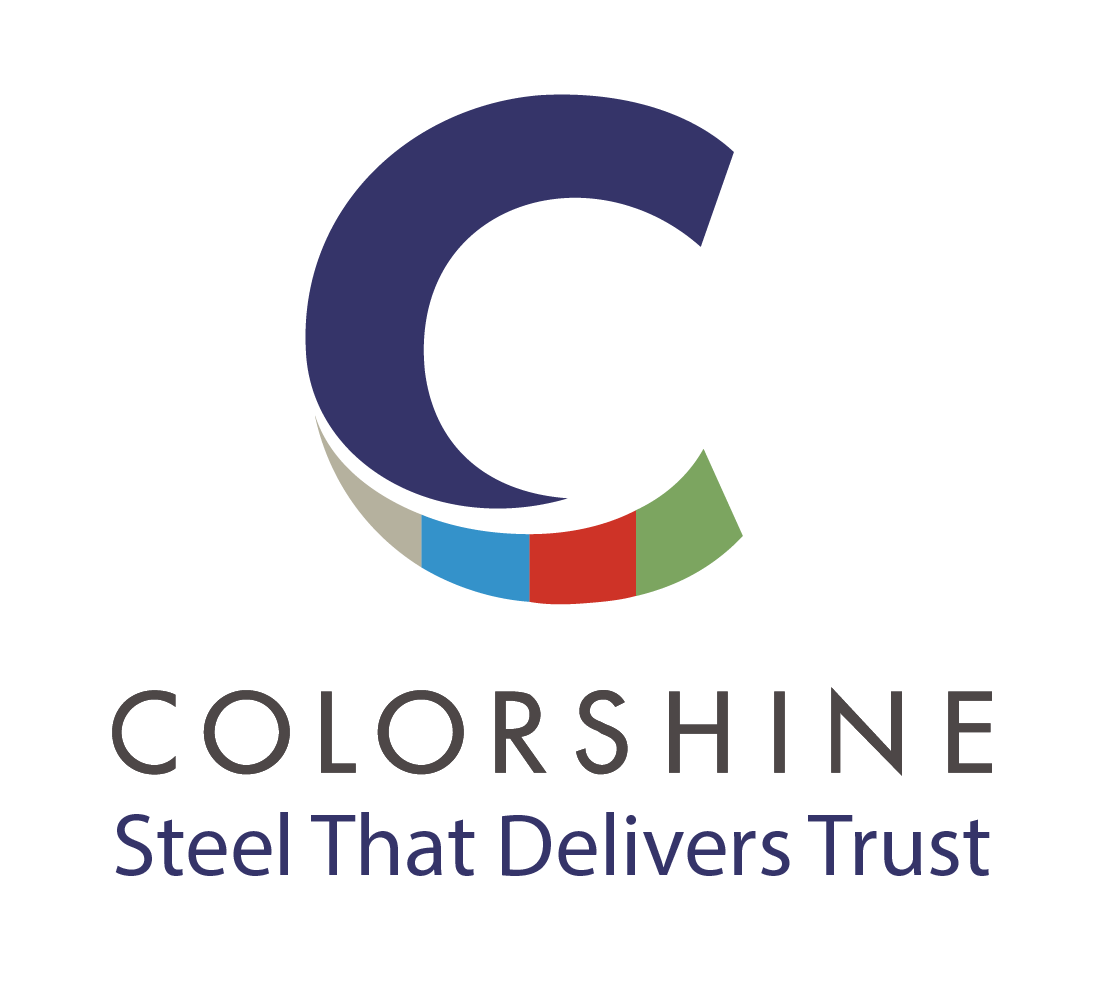














-20240213125207.png)


